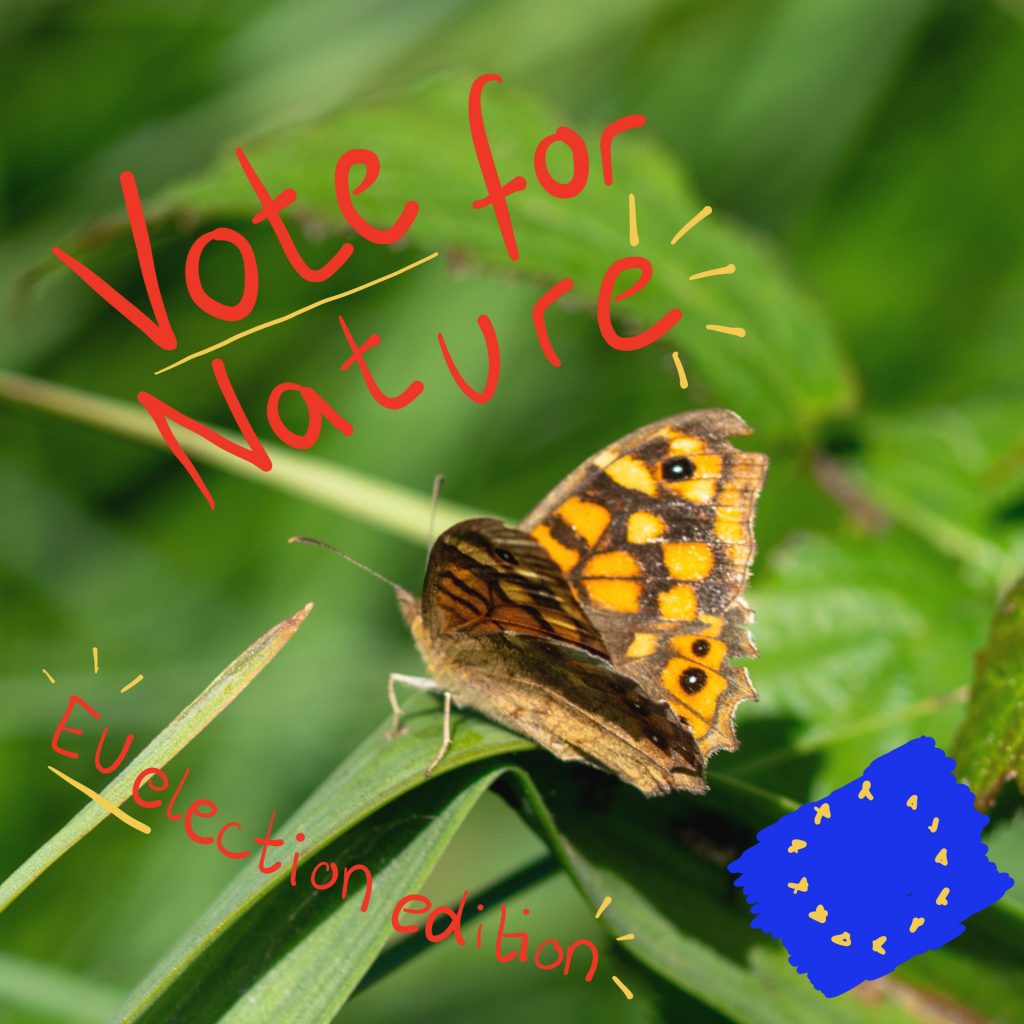A keystone species is a species that has a disproportionately large impact on its ecosystem compared to its abundance or biomass. These species play a critical role in maintaining the structure, diversity, and functioning of an ecosystem.
The importance of a keystone species lies in its interactions with other species and its ability to influence various ecological processes. If a keystone species is removed from an ecosystem, it can lead to significant changes and disruptions throughout the entire ecosystem. This can result in shifts in species composition, changes in population dynamics, and alterations in ecosystem processes.

One example of a keystone species are wild horses, they play a pivotal role in restoring and maintaining natural ecosystems. As herbivores, they engage in selective grazing and trampling, shaping vegetation patterns and promoting plant diversity. Their activities prevent the dominance of certain plant species, allowing others to thrive. By creating open spaces and disturbing the soil through their movement, wild horses foster habitat heterogeneity, benefiting various plants and animals. These changes in vegetation composition attract a range of species, influencing food webs and enhancing overall biodiversity.
Keystone species highlight the interconnectedness of species within ecosystems and emphasise the importance of maintaining biodiversity and balance for the overall health of natural systems.

In rewilding, keystone species play a crucial role in restoring and revitalising ecosystems to their natural, balanced states. Here’s how keystone species contribute to rewilding:
- Ecosystem Engineering: Keystone species often possess unique ecological roles that involve modifying their environment. For example, beavers are considered keystone species due to their ability to create and maintain wetland habitats through dam-building activities.
- Troop Regulation: Keystone species can help control the populations of other species, preventing overgrazing or overpopulation of certain organisms. This trophic regulation helps maintain a more balanced and diverse ecosystem. For instance, reintroducing predators like wolves can have cascading effects on prey populations, which in turn influences vegetation and other wildlife species.
- Biodiversity Enhancement: By influencing the abundance and distribution of other species, keystone species promote biodiversity. Their presence can lead to the resurgence of other native species that were suppressed due to changes in ecosystem dynamics. For example, the reintroduction of apex predators can lead to changes in prey behaviour and habitat use, benefiting a wider range of species in the ecosystem.
- Ecosystem Resilience: Keystone species contribute to ecosystem stability and resilience. Their activities and interactions help buffer ecosystems against disturbances and maintain their adaptive capacity. This can make ecosystems more resilient to environmental changes such as climate fluctuations or human impacts.
- Educational and Ecological Awareness: Keystone species often capture public attention and interest due to their charismatic nature and vital roles. Their reintroduction and presence in rewilded areas can serve as educational tools, raising awareness about the importance of ecological interactions and the need for conservation.
- Cultural and Aesthetic Value: Keystone species are often iconic and culturally significant species that hold deep meaning for local communities. Their presence in rewilded landscapes can reconnect people with their natural heritage and foster a sense of pride and stewardship.
Overall, reintroducing keystone species as part of rewilding initiatives helps restore the intricate web of interactions that define healthy ecosystems. By focusing on these key species, rewilding projects aim to revive ecological processes, enhance biodiversity, and promote the long-term sustainability of ecosystems and the services they provide.






